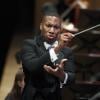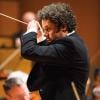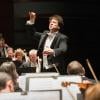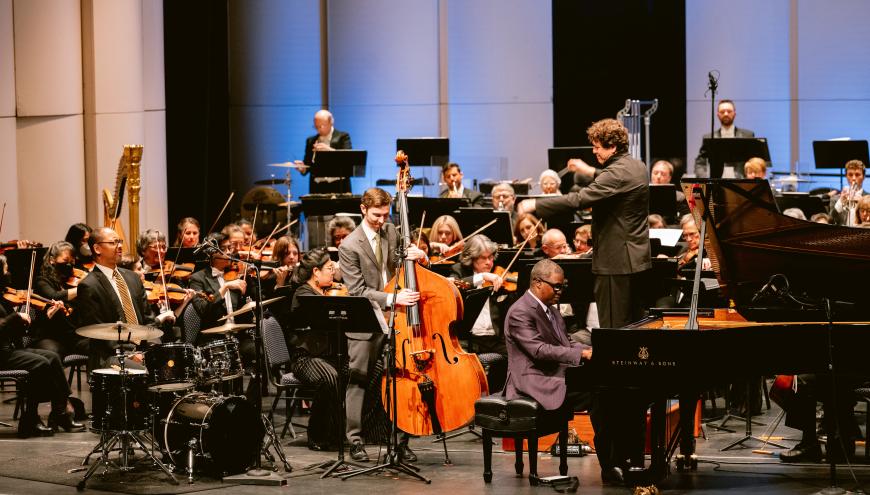
Appreciated for its innovative programming, the California Symphony tabbed a pair of its performances this past weekend as “Gershwin in New York.” The composer of Rhapsody in Blue would have appreciated the celebration of the centennial of that seminal showpiece but this was taking place at the Lesher Center in Walnut Creek, not New York.
George Gershwin shared an era with the concert’s other two composers: William L. Dawson, whose Negro Folk Symphony premiered in 1934, and Samuel Barber, whose Symphony No. 1 (in One Movement) was completed in 1936. Gershwin’s Rhapsody had by that time begun a long and spectacularly successful life, though its composer died prematurely in 1937. “It wasn’t so easy for a whole lot of people in the ’30s,” Music Director Donato Cabrera commented before beginning Saturday evening’s concert with the Barber symphony.
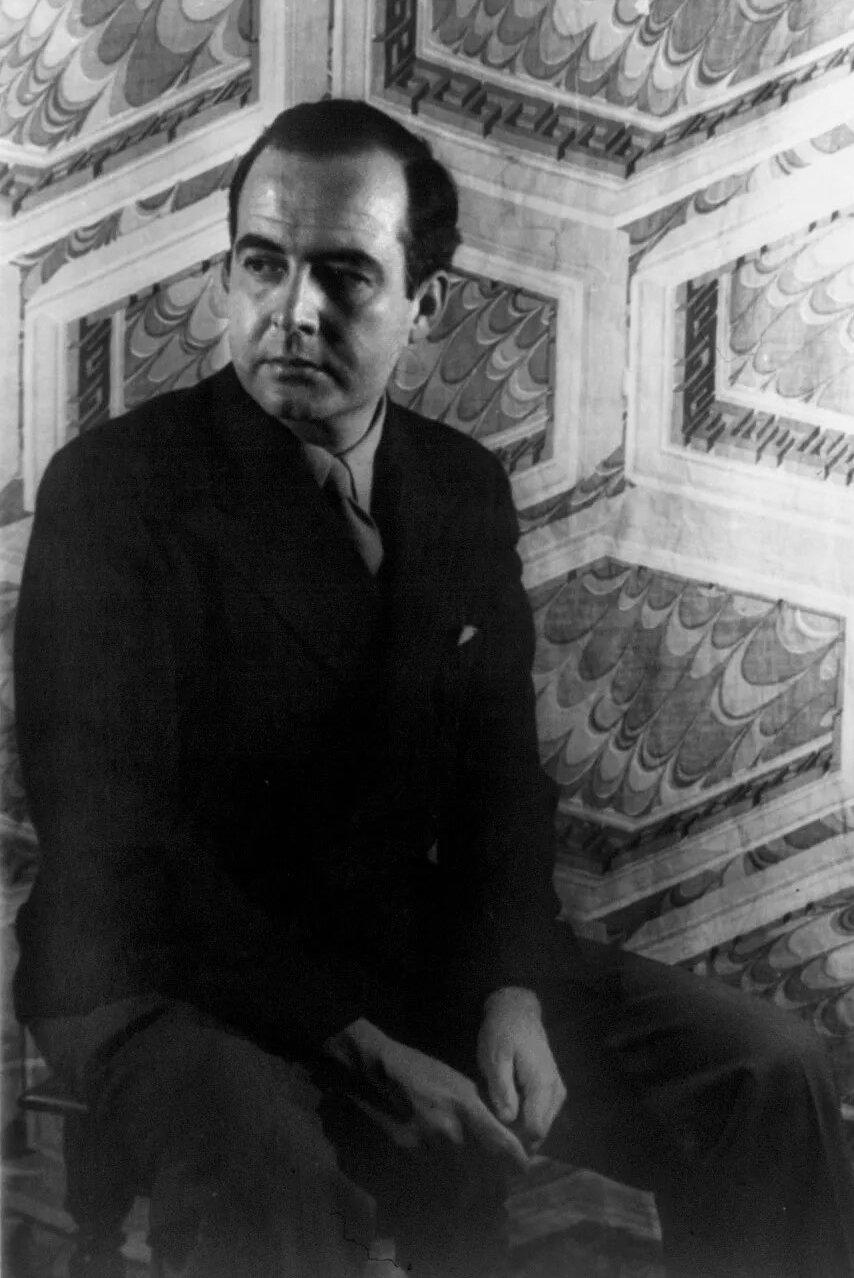
Of the three compositions, Barber’s seems closest to representing its era as an age of anxiety. Much in the symphony’s four compressed sections is highly dependent on the strings, who generally sound moody or mournful, without establishing much of a discernible direction or shape. Angular syncopation further troubles the mood. The woodwinds approached a modicum of sweetness on Saturday, particularly in the theme conveyed with lovely lyricism on oboe by Laura Reynolds in the Andante tranquillo section. Cabrera marshaled the moodiness empathetically, and I suspect the composer is to blame for the horn work sounding muddied in the massed furtiveness of the strings. Similarly, the compacted structure of the piece makes its imperative finish seem rather forced.
Like Wynton Marsalis, whose band he joined in the 1980s, 60-year-old pianist Marcus Roberts has drawn inspiration from pre-bop jazz, bringing to that canon a brilliant ability to reimagine and refresh old standards. His reinterpretation of Rhapsody in Blue, which he first performed in 1995, made for a characteristically tasty and timely choice, by Cabrera.
The Marcus Roberts Trio was positioned in front of the orchestra, with Roberts at the Steinway, Marty Jaffe on bass, and Jason Marsalis, Wynton’s youngest musical sibling, on drums. The twist in clarinetist Cory Tiffin’s sounding of the signature smeared glissando at the start of the piece was a harbinger of the trickiness to come, including Roberts’s infusion of kaleidoscopic modulations in the opening piano solo.
Throughout, the recombination of familiar themes felt both playful and spectral, with California Symphony soloists, notably Alex Camphouse on French horn, illuminating the highlights. Portions of the interplay between trio and orchestra, charmingly paced by Cabrera, went strictly by the book, though Roberts’s arrangement did provide places for the larger ensemble to mess around a bit, propelled by the garish stride of Jaffe and Marsalis.
The concertoish structure of Rhapsody allowed Roberts to showcase both his dazzling imagination and his powerful keyboard technique in solo and trio settings. He sourced Gershwin’s dynamics and deployed new ones and in like fashion worked alternative harmonizations on Gershwin’s voicings. In extended passages, Roberts seemed to source impressionism, expanding solos into pastel etudes.
Following a standing ovation, the trio played a Gershwin encore of “I Got Rhythm,” starting with a tag-team sharing of phrases of the melody. Soloing, Jaffe took an alluring walk across the range of the bass, and Marsalis managed to both dance with Gershwin’s rhythms and deconstruct them, with a nod to Cozy Cole. After more acclimation the trio stood to receive bouquets.
After intermission, Cabrera presaged Dawson’s Negro Folk Symphony with a reference to Antonín Dvořák’s stay in the U.S. during the 1890s, when the Czech composer “showed us there was tradition all ready to be used” in America’s diverse folk music. A harkening back to Romantic-era symphonists and Dvořák in particular is audible from the opening of Dawson’s first movement, with a reverent horn followed by sweet strings, and later in the introduction of syncopated dancy sections.
Like a good storyteller, Dawson demonstrates a gift for crafting standout beginnings and endings in each of his symphony’s three movements, titled “The Bond of Africa,” “Hope in the Night,” and “O, Le’ Me Shine, Shine Like a Morning Star!” His themes are likewise discernable and memorable, ear-friendly. The structure and development of the work is impressive, evidenced by the transition of a theme in the second movement from violins and viola to clarinet to cello. Cabrera conveyed all this with loving charm, reflected by his excellent sections and his dexterous soloists.. Reflectively, it was tempting to credit Dawson for a much fuller and more satisfying use of the orchestra than Barber had demonstrated.

Before this symphony, premiered by Leopold Stokowski and The Philadelphia Orchestra, Dawson was primarily known for his arrangements of spirituals, hinted at in the third movement of this work. The composer acquaints you with the tender theme so irresistibly that you feel quickly familiar with it and eager for its reappearance in variations. Some of the figures sound like paraphrases from the Scherzo of Dvořák’s “New World” Symphony. And yet this Dawson creation stands solidly on its own, making you wonder why you probably never heard it before.
Cabrera explained that he’d been aware of the symphony but that, until its publication in a new critical edition by Schirmer last year, only a few copies with handwritten parts had been available. Stokowski had continued to feature the symphony in his repertoire and eventually recorded it, but the lack of resources during the Great Depression and arguably lurking racism stifled the fame that Dawson and his compositions deserved. Kudos to Cabrera and his ensemble for resurrecting this masterpiece and making it hella fun to come to a concert hall.


